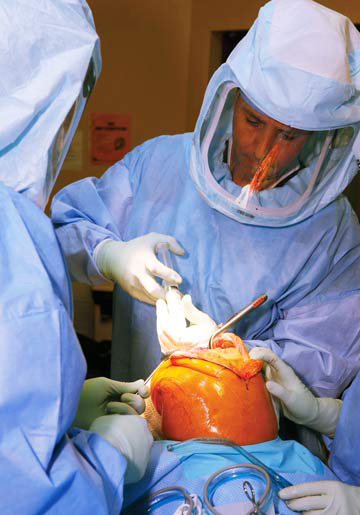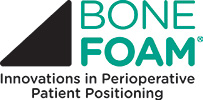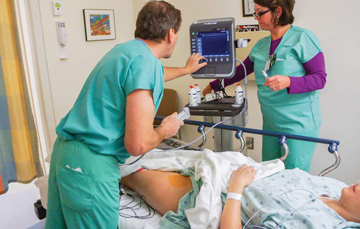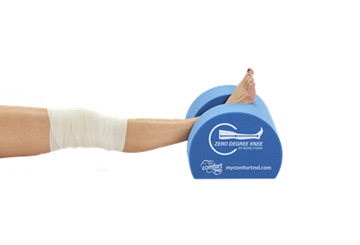The procedure improves the quality of life for patients — including older individuals with high BMIs.
 EFFECTIVE INTERVENTION New research says that in many cases, surgeons are less hesitant to treat osteoarthritis with total knee replacement surgery.
EFFECTIVE INTERVENTION New research says that in many cases, surgeons are less hesitant to treat osteoarthritis with total knee replacement surgery.
A new study finds that treating patients who have knee osteoarthritis with total knee replacement (TKR) surgery is more cost-effective than other treatments, no matter the age or weight of the patient.
Knee osteoarthritis affects more than 14 million U.S. adults, many of whom have extreme obesity, defined by body mass index (BMI) greater than 40 kg/m2. While TKR is often recommended to treat advanced knee osteoarthritis, many surgeons are hesitant to treat the condition surgically in extremely obese patients due to concerns about increased risks of tissue infection, poor wound healing and implant failure. The study, published in the June 2021 Annals of Internal Medicine, sought to shed light on this quandary.
Researchers from Brigham and Women's Hospital in Boston, with collaborators from Yale and Boston University Schools of Medicine, employed an established, validated and widely published computer simulation called the Osteoarthritis Policy (OAPol) Model to quantify the tradeoff between the benefits and adverse events of forgoing versus pursuing TKR with these patients, while also taking into consideration the costs. They found TKR is a cost-effective treatment across older and younger age groups alike who have the condition — including extremely obese patients. The study concluded, "From a cost-effectiveness perspective, TKR offers good value in patients with a BMI of 40 kg/m2 or greater, including those with multiple comorbidities."
Specifically, they found TKR increased quality-adjusted life-years (QALYs) by 0.71 and lifetime medical costs by $25,200 among patients with 40+ BMIs who were aged 50 to 65 years, resulting in an incremental cost-effectiveness ratio (ICER) of $35,200. For similar patients older than 65 years, QALYs increased by 0.39 and lifetime medical costs by $21,100, resulting in an ICER of $54,100. For 40+ BMI patients who also had diabetes and cardiovascular disease, ICERs were below $75,000 per QALY. "At a $55,000-per-QALY willingness-to-pay threshold, TKR had a 100% and 90% likelihood of being a cost-effective strategy for patients aged 50 to 65 years and patients older than 65 years, respectively," the study says.
The authors say that patients with extreme obesity enjoy substantial pain reduction from TKR, which can in turn lead to improvements in QALYs. They added that their findings could also help reduce concerns about the value of TKR in younger patients with 40+ BMIs.
.svg?sfvrsn=be606e78_3)



.svg?sfvrsn=56b2f850_5)